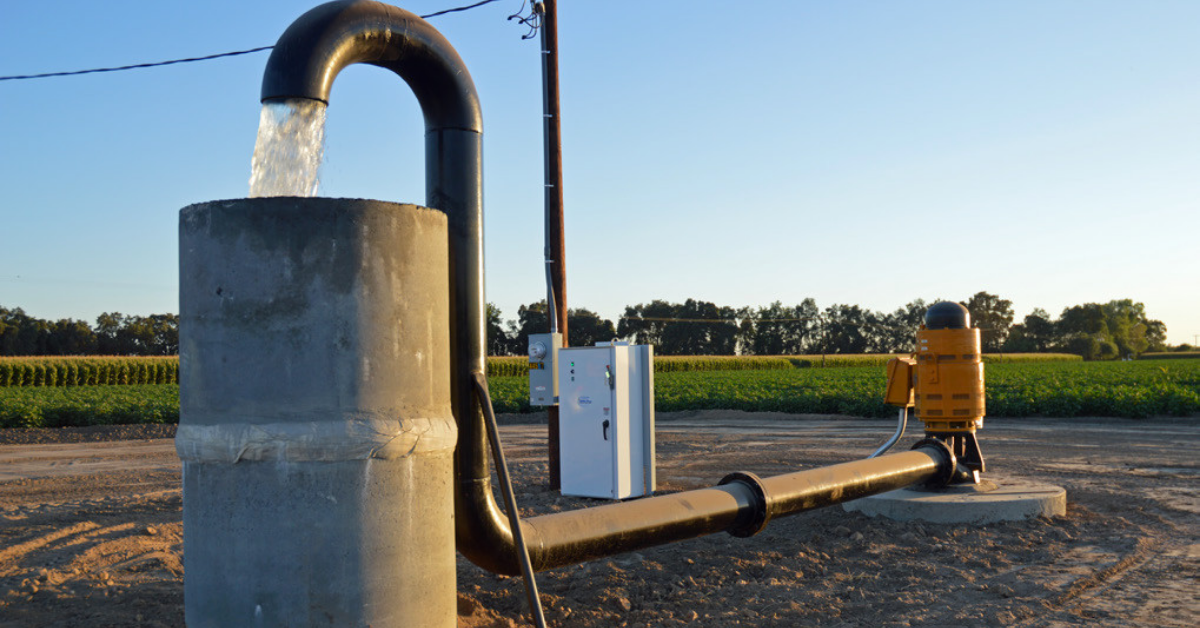Farmers relying on water from the State Water Project are set to see a welcome bump in water supplies following a wave of winter storms between Christmas and mid-January.
Between the lines: The winter “parade of storms” managed to sock-in California’s waterways and drive up snowpack levels in the Sierra Nevada mountain range.
- California water officials initiated its “first flush” of the Sacramento-San Joaquin Delta, seemingly sending hundreds of thousands of acrefeet of water to the Pacific Ocean rather than pumping down to the San Joaquin Valley and southern California.
- First flush operations began effective Jan. 3 and were set to conclude Jan. 17.
Driving the news: Now limited to continue high volume flushing of water into the Pacific, state water officials are set to boost water supplies for Valley farmers and residents.
- California’s Department of Water Resources initially kicked off the 2023 water year with an allocation of 5 percent of contractors’ contracted amount of water.
- Storms drove the state’s two largest dams – Oroville and San Luis – to swell by 1.62 million acre-feet of water in storage , or roughly enough to provide water to 5.6 million households for a year.
- Thursday, the agency hiked its allocation to 30 percent on the news.
- Unlike Federal water contractors, who largely pay for water supplies they receive, California’s state water contractors are required to pay 100 percent of their contract value regardless of the annual allocation.
What they’re saying: “We are pleased that we can increase the allocation now and provide more water to local water agencies,” said DWR Director Karla Nemeth. “These storms made clear the importance of our efforts to modernize our existing water infrastructure for an era of intensified drought and flood. Given these dramatic swings, these storm flows are badly needed to refill groundwater basins and support recycled water plants.”











